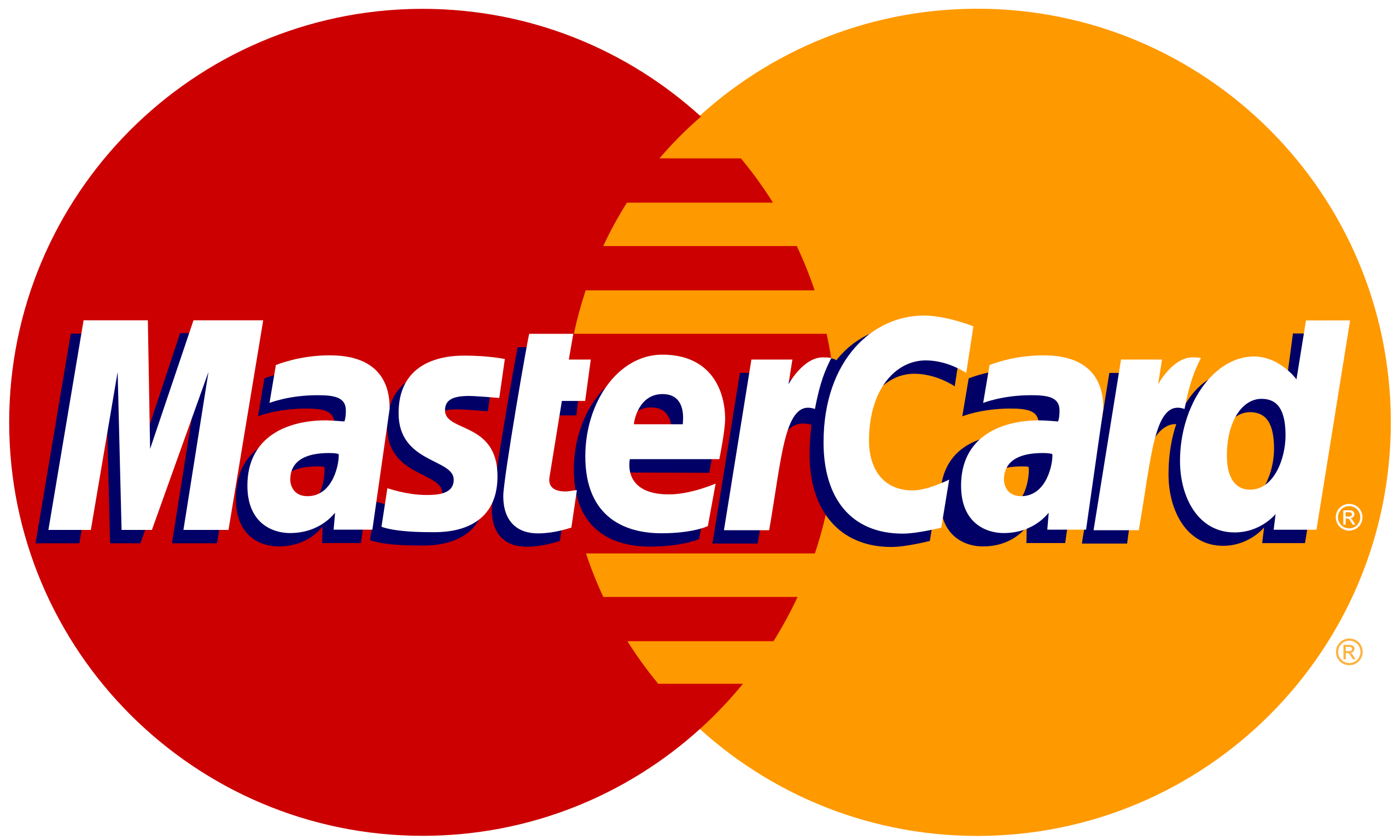
You’ve Decided to Create a Visual Performance Management Board for You and Your Team...Now What?
As with many things, the first step is sometimes the hardest! Leaders and the team want to set up a system to continually monitor performance and detect & respond to any issues as early as possible.
They are ready to start, but are overwhelmed with the many, many options of what to actually measure. This is a common problem that we can apply a simple, yet powerful tool to help guide us through these critical foundational steps.
Break Out That SIPOC
If you are trained in Lean Six Sigma, you are certainly aware of the SIPOC. But even experienced practitioners are sometimes blown away by what this particular high level process map can do for you. The SIPOC should be used in every single improvement, including VPM. It’s a key first step to get the team aligned around the process, the performance targets, and to begin to understand the causes of problems (or, Opportunities to improve).
If you haven’t had exposure to SIPOC, put simply, it is a type of process map that shows a high-level view of a process. It helps a team to avoid getting tangled up in overwhelming details at the wrong time.
And it is a huge help to prevent scope creep and wandering, aimless discussions that just stir up the same old stuff.
- 1. Supplier
- 2. Input (and input requirements)
- 3. Process Steps
- 4. Output (and output requirements)
- 5. Customer
Below is a graphical example of a SIPOC made for the coffee making process at a coffee shop. Let’s talk through it!
Suppliers and Inputs: The process starts with a few different inputs. The first Supplier (who also happens to be the customer) gives the Input, which is a verbal order or an order through the app. The second Supplier is the vendor (an actual Supplier of products) who provides another Input to the process; the coffee beans and the filtered water.
Input Requirements: But we have some standards for our Inputs and we capture those in the Input Requirements column. Our order information from the Customer must be accurate (symbolized here with the merit badge). Our ingredients coming from our vendor must be received on time (the clock) and high quality (merit badge) and a good value (dollar sign).
The Process: In 5 to 7 steps, we list the high level steps to turning the Inputs into Outputs. Here, we add the water to the machine, add the beans, turn the machine on, add the condiments, and finally create the invoice.
The Output and the Customer: At the end of the process, we have created a cup of coffee and an invoice, which are delivered to the customer.
Output Requirements: But our customer doesn’t want any old cup of coffee! They have requirements, which we must be keenly aware of. They expect their coffee to be ready quickly, to taste delicious and as they ordered and for it to be a good value. And they expect that invoice to be correct, too! And while these requirements should be the main focus of our process, we also have to balance delivering these requirements with satisfying the requirements of the business as well...that means that we have to deliver great products or services efficiently and profitably.
When the team has a shared understanding of the components of the SIPOC, they are ready to skillfully select measures for their VPM!
Using a SIPOC to Select Measures
The real power of well-run Visual Performance Management system is that it allows leaders and teams to quickly identify and address any issues before they arise into real problems.
This prevents problems from unknowingly rooting into our process, and helps us see issues in our process before they affect the customer.
A common mistake when setting up a Visual Performance Management board, is picking whichever measures are the most common and most easily-accessed without giving a second thought to why we’re using that measure. For each measure, it is essential that we understand why we’re displaying that measure, and refrain from going on pure gut feeling or emotion. Otherwise, we’ll have a mess of measures that potentially could confuse more than help.
When selecting measures, we should start by looking at the Output (and output requirements) section of our SIPOC.
Lagging Indicators
In our Coffee example, we can see that our output is a receipt, and a cup of coffee, with the requirements being timely, good quality, and well priced. This is a great place to start! For example, we can track cups of coffee sold, average wait time for a customer, and how many coffees sent back there are. These are what we call Lagging indicators, and like the name suggests, they are measures that are after the fact. Lagging indicators can give you a great view of past performance. Using the concept of “Cause and Effect”, lagging indicators are the “Effects”.
Leading Indicators
Leading indicators, on the other hand, are measures from before we get to our output. On our SIPOC, this will be in the input and process sections. Leading indicators are the key to early detection of issues, and are different from lagging indicators in that they will not give a view of overall performance, but instead give you insight to specific areas of interest that can potentially tell you why lagging indicators are rising or falling….these are where the causes of our problems “live”. Examples of this could be the expiry date of milk from time of delivery, time spent waiting at the register, or number of cell phone orders that don’t go through.
With measures selected, it is now time to assign targets to each of the measures, and begin gathering weekly, daily, even hourly depending on the measure.
The best VPM boards all have a good, healthy mix of both leading and lagging indicators for an overall view of performance, and a peek into the inner workings of the process to detect any issues that may be arising.
Board Up, Now What?
With our VPM board made, it is absolutely not time to stick it in a corner or hidden file in your computer and try to update and check once a month. VPM boards are a week-to-week, day-to-day, and in some cases hour-to-hour tool. Many organizations we’ve worked with started every day with the relevant team huddled around the VPM board checking and analyzing performance. Shift change? Another huddle around the board. This is one of the most powerful tools an organization can use, and it should be treated this way!
Finally, leadership has to decide when to take action on any indicator that may be giving warning signs. It’s common to hear leaders say that if the target number isn’t met for X amount of time, action must be taken through advanced problem solving.
VPMs can be as useful (when done well) as they can be confusing or useless (when done poorly). Just like starting anything worthwhile, just remember that you don’t have to see the whole staircase, you just need to see the first step! And we’re always here to help with that first step (and the rest of the staircase when you’re ready).
Comments (0)
Categories
Recent posts


Lean Six Sigma Green Belt and COVID – ...
19/08/2022
The Ultimate Guide to Learn Data ...
6/01/2023
Lean Six Sigma Implementation Process - ...
31/10/2022
Unlock the Hidden Potential of Data ...
21/01/2023
Save Big Today
Looking for the best deal? Save time and money by comparing prices, reviews, and features of courses before making your enrollment. Start now!

















